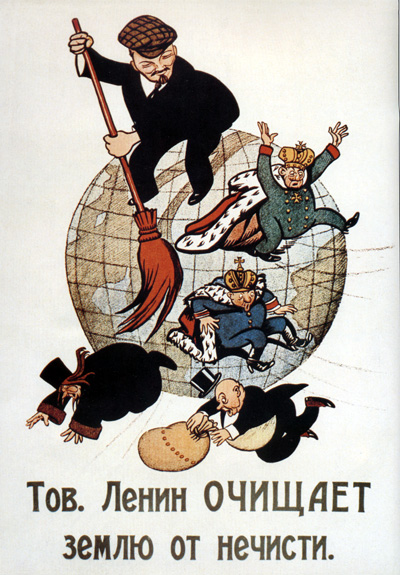On the 8th of august in 1988, a general strike began in Myanmar (Burma) as part of the 8888 Uprising, with mass anti-government demonstrations throughout the country demanding multi-party democracy from the ruling one-party state. Over the following days, the mass demonstrations devolved into violent riots as the military fired into crowds of protesters.
The 8888 Uprising, also known as the People Power Uprising, took place in the context of an economic crisis in the country, governed as a one-party state by the Burma Socialist Programme Party, led by General Ne Win. Students and farmers had been engaging in protest and campaigns of rebellion against various state economic policies since 1985.
On August 8th, 1988 (thus the uprising's name) mass anti-government demonstrations took place throughout the country. Participants came from a wide variety of demographics - Buddhists, Christians, Muslims, students, workers, young and old participated.
The protests began relatively peacefully, with only one casualty reported on the first day, the result of a frightened traffic cop who fired into the crowd and fled. Over the next few days, the protests devolved into violent riots as the military and police fired on the protesters, at one point even shooting doctors and nurses tending to the wounded.
Protesters responded by throwing Molotov cocktails, swords, knives, rocks, poisoned darts and bicycle spokes. In one incident, rioters burned a police station and killed four fleeing police officers.
On August 26th, Aung San Suu Kyi (eventual leader of the country and complicit in the rohingya genocide), the daughter of anti-imperialist revolutionary Aung San, addressed half a million people at Shwedagon Pagoda, becoming an international figure in the uprising, supported by the West. Her party would later go on to win elections in 1990, however these results were ignored by the military government and she was arrested.
On September 18th, the military retook power in the country, with General Saw Maung repealing the 1974 constitution and imposing martial law. The demonstrations were violently suppressed and, by the end of September, at least 3,000 people were killed, however estimates of casualties vary widely.
Eventually after another mass protests in the saffron revolution and the 2010-2015 reforms Aung San party the NLD would take power in 2015 and be overthrown by a coup in 2021 and banned 2 years later.
Megathreads and spaces to hang out:
- 📀 Come listen to music and Watch movies with your fellow Hexbears nerd, in Cy.tube
- 🔥 Read and talk about a current topics in the News Megathread
- ⚔ Come talk in the New Weekly PoC thread
- ✨ Talk with fellow Trans comrades in the New Weekly Trans thread
- 👊 Share your gains and goals with your comrades in the New Weekly Improvement thread
reminders:
- 💚 You nerds can join specific comms to see posts about all sorts of topics
- 💙 Hexbear’s algorithm prioritizes comments over upbears
- 💜 Sorting by new you nerd
- 🌈 If you ever want to make your own megathread, you can reserve a spot here nerd
- 🐶 Join the unofficial Hexbear-adjacent Mastodon instance toots.matapacos.dog
Links To Resources (Aid and Theory):
Aid:
Theory:


Struggle Session:
Art, does it have to be intentionally created or just something you think is pretty?
I've done this one before. I think art must be a deliberate action taken by a human being with the intention to produce an object, experience, or situation. They don't haveot have started out trying to create art, it can be unintended. But the action itself must be taken by a human.
The action can be re-framing something already existing as art, like a stain on a wall or a cctv video of people queueing at the dmv. But human agency has to do the framing or re-framing.
For instance, an camera falling out of your pocket and taking a picture isn't art unless someone chooses to frame and present it as such.
This gets really weird with things like artisan crafts - furniture, cabinets, or casual photography. The line between a photo and art is no something that can be readily defined, but I think there is a difference that is worth debating and while that debate will never lead to a satisfying answer it will help you better analyze and appreciate art.
I think in a sense disagreeing on what is and isn't art, then building arguments to defend your position, or changing your views in light of other people's arguements, is a critical part of building an understanding of art.
Schrodinger if he was an art historian instead of a physicist.
Until someone declares "This isn't art, this is trash!" it is both art and not art. It exists in a state of critique superposition.
Oh shit... I heard this in my head as